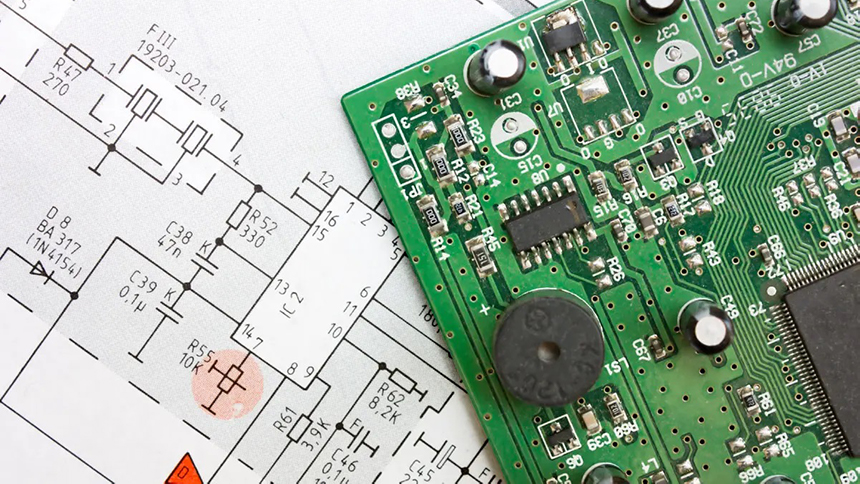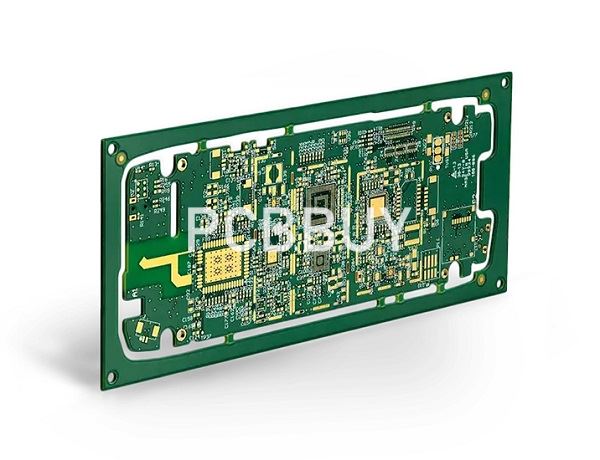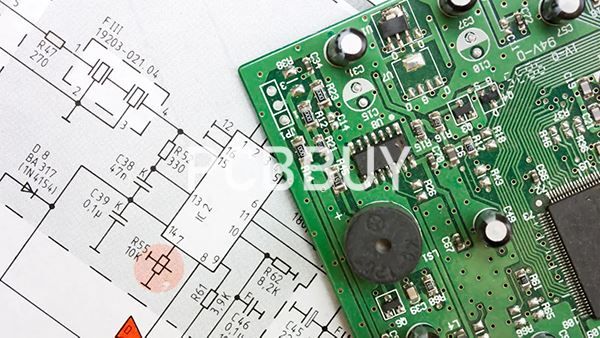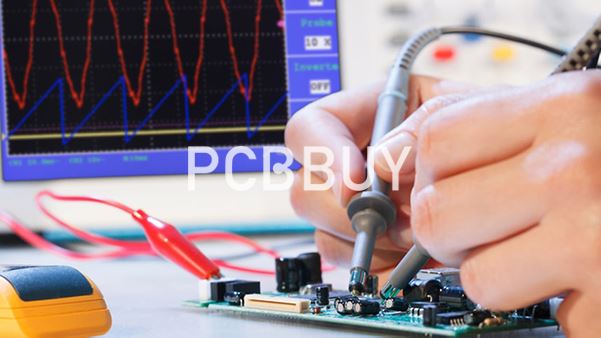What Is Quick Turn PCB Assembly for 7 Top Guidelines?
By:PCBBUY 08/23/2022 16:21

Managing their own PCB requirements can lead companies to allocate a significant amount of capital and human resource for specific tasks and techniques. However, keeping the recent economic scenario in mind, it is almost unaffordable to take care of all these aspects and invest in tools and machines when the companies need a small production run. This is where PCB manufacturing firms play an important role in providing the companies with the most apt and timely solution for their quick turn PCB necessities
If you are curious about the PCB assembly, please check and read the content below for more information.

Why we need quick turn PCB assembly?
As the beginning of SMT assembly process, solder paste printing plays a direct role in determining the quality of both PCB and end product. If rigorous control isn’t applied during solder paste printing, soldering balls will possibly be caused in later procedure of SMT assembly. For example, unwetting will cause metallic particles to be oxidized or metallic particles will possibly suffer from irregular shapes due to insufficient solder paste. Else, soldering balls will be possibly aroused due to solvent flashing or metallic particle oxidization.
The next best advantage that comes with quick turn PCBs is that the customers need not waste time and effort in finding out the most suitable option as a reliable manufacturer would come up with a ready platter of solutions to choose from. Besides that, most manufacturers also provide customers with the opportunity to customize a particular package. Reliable quick turn PCB manufacturing firms offer different shapes of quick turn PCBs such as rectangular, round, hexagonal and so on.
What are the advantages of turnkey PCB assembly?
Shorter Lead Time
As a fundamental form of electronic assembly, PCB assembly primarily contains three phases: PCB fabrication, components procurement and PCB assembly. Traditionally, you should quote and confirm design files with sales and engineers working for your PCB manufacturer, then components distributors and finally PCB assemblers. Such series of quotations and confirmations just need your time spent in contacting with different partners. If those partners are from different countries, you have to overcome some problems such as time zone, communication habits etc.
Lower Cost
Another advantage of full-turnkey PCB assembly service is overall cost reduction. Pack-up service is usually cheaper than separate ones as far as electronic assembly is concerned. At least, freight fee will be saved because you don't need to get manufactured PCB boards and electronic components delivered to assembly workshop. Moreover, components procurement may get easy and customer-friendly because experienced electronic assemblers are usually able to provide reliable components with relatively low cost based on their long-term cooperation with parts manufacturers or distributors.
Transparent Monitoring
When it comes to electronic assembly process, it's significant yet difficult to monitor your products' manufacturing stage as it is totally related with your products' performance and time to market. Full-turnkey PCB assembly allows engineers at each stage to be aware of what they've accomplished and to better understand their status for better performance of final products.

What is the process of PCB assembly?
Solder Paste Stenciling
The first step of PCB assembly is applying a solder paste to the board. This process is like screen-printing a shirt, except instead of a mask, a thin, stainless-steel stencil is placed over the PCB. This allows assemblers to apply solder paste only to certain parts of the would-be PCB. These parts are where components will sit in the finished PCB.
The solder paste itself is a greyish substance consisting of tiny balls of metal, also known as solder. The composition of these tiny metal balls is 96.5% tin, 3% silver and 0.5% copper. The solder paste mixes solder with a flux, which is a chemical designed help the solder melt and bond to a surface. Solder paste appears as a grey paste and must be applied to the board at exactly the right places and in precisely the right amounts.
Pick and Place
After applying the solder paste to the PCB board, the PCBA process moves on to the pick and place machine, a robotic device places surface mount components, or SMDs, on a prepared PCB. SMDs account for most non-connector components on PCBs today. These SMDs are then soldered on to the surface of the board in the next step of PCBA process.
Traditionally, this was a manual process done with a pair of tweezers, in which assemblers had to pick and place components by hand. These days, thankfully, this step is an automated process among PCB manufacturers. This shift occurred largely because machines tend to be more accurate and more consistent than humans. While humans can work quickly, fatigue and eyestrain tends to set in after a few hours working with such small components. Machines work around the clock without such fatigue.

Reflow Soldering
Once the solder paste and surface mount components are all in place, they need to remain there. This means the solder paste needs to solidify, adhering components to the board. PCB assembly accomplishes this through a process called "reflow".
After the pick and place process concludes, the PCB board is transferred to a conveyor belt. This conveyor belt moves through a large reflow oven, which is somewhat like a commercial pizza oven. Many PCBAs require special consideration during reflow, especially for two-sided PCB Assembly. Two-sided PCB assembly need stenciling and reflowing each side separately. First, the side with fewer and smaller parts is stenciled, placed and reflowed, followed by the other side.
Industry Category











